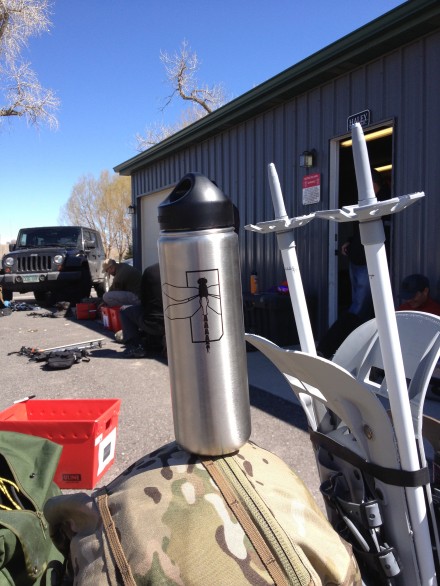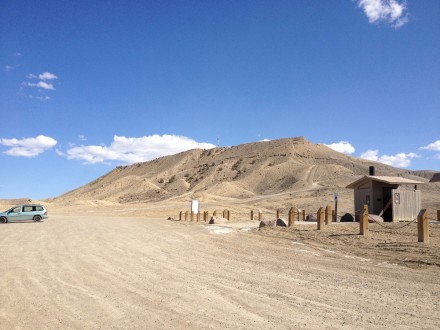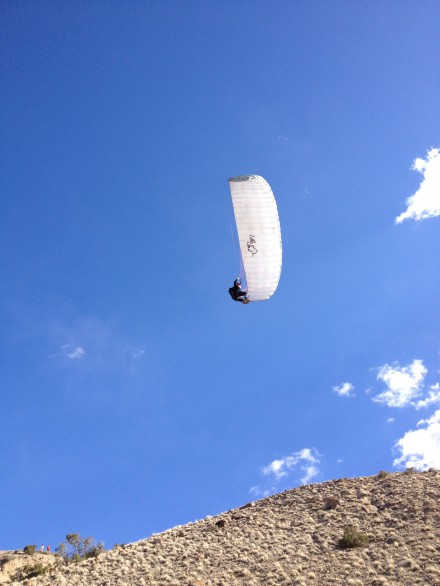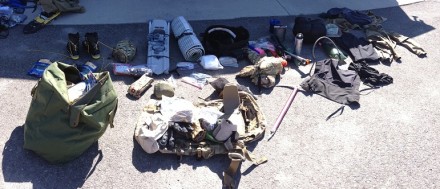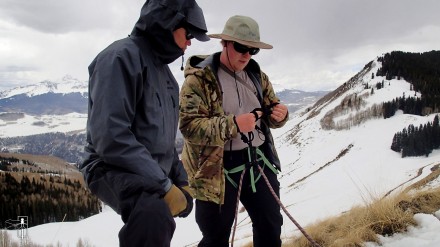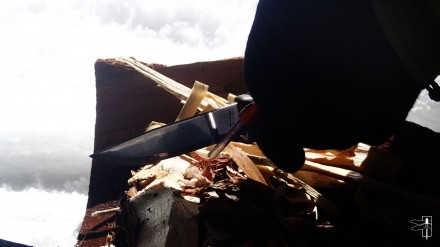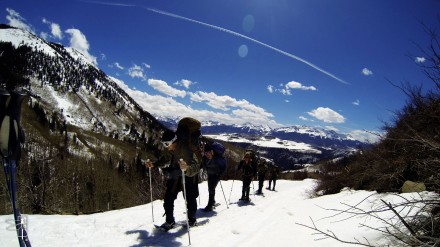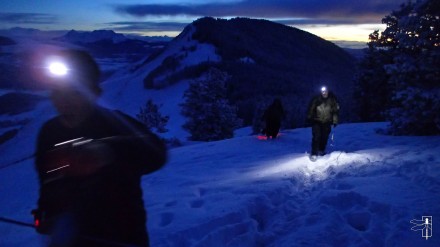Anyone that wants to refine and enhance their chosen trade must follow this simple logical process of critical thinking: establish a desired end-state and then: know what you do, why you do it, how it works, where the common failure points are and why it is the best solution. Then you will be able to defend it against competing solutions or techniques when challenged. That is impossible when undefined or misdefined terms are used.
Often instructors will invoke the “fine versus gross motor skill” argument to justify or invalidate a technique without ever defining the terms. Truth be told many don’t even know what each term means. The below definitions should illuminate where these have gone awry and when they do properly apply.
Because the motor skills used for weapons handling at times may not lie specifically on one side or the other of the definition it is often taken as all skills are fine motor functions (think slow precise trigger pull on a precision shot versus a rapid pull of the trigger on a short range rapid string as an action using both). Two perfect examples of gross motor skills that are mischaracterized as fine motor skills are releasing the bolt via the bolt catch on an Stoner pattern rifle and the slide via the slide stop on a pistol. Neither involves “a refined use of the small muscles controlling the hand, fingers, and thumb.” Both are in fact either the use of the locked wrist, extended thumb and the entire arm on an M4 bolt release or the complete clenching of the hand on a pistol to release a slide stop given appropriate hand size or the use of the support side thumb to release the slide. Both when done properly place the hand on an anchor point on the weapon as a way to rapidly and precisely orient the active hand and thumb to the necessary location (tactile index points). Tactile index points are the magazine well on an M4, or a proper grip on a pistol when using either the dominant or support side thumb.
***How could a shooter effectively operate a trigger or magazine release on a pistol or carbine but not be able to operate the slide stop or bolt release?***
• “The term gross motor skills refer to the abilities usually acquired during infancy and early childhood as part of a child’s motor development. By the time they reach two years of age, almost all children are able to stand up, walk and run, walk up stairs, etc. These skills are built upon, improved and better controlled throughout early childhood, and continue in refinement throughout most of the individual’s years of development into adulthood. These gross movements come from large muscle groups and whole body movement.”
• “Fine motor skills can be defined as coordination of small muscle movements which occur e.g., in the fingers, usually in coordination with the eyes. In application to motor skills of hands (and fingers) the term dexterity is commonly used. The abilities which involve the use of the hands develop over time, starting with primitive gestures such as grabbing at objects to more precise activities that involve precise hand-eye coordination. Fine motor skills, are skills that involve a refined use of the small muscles controlling the hand, fingers, and thumb. The development of these skills allows one to be able to complete tasks such as writing, drawing, and buttoning.”
The terms used to frame a discussion and the definitions of those terms must be correct or all subsequent assertions will be incorrect. Skill and knowledge rarely exist apart from each other.
-Mike Pannone
Terms quoted or adapted from:
A Topical Approach to Life-Span Development
John W. Santrock, PhD University of Texas at Dallas
ISBN: 0073382647
Copyright year: 2008
 Mike Pannone retired from the Army’s premier assault force (1st SFOD-D) after an explosive breaching injury. A year after his retirement America was attacked on 9/11 and he returned to help serve his country as the head marksmanship instructor at the Federal Air Marshals training course and then moved to help stand up the FAMS Seattle field office. In 2003 he left the FAMS to serve as a PSD detail member and then a detail leader for the State Department during 2003 and 2004 in Baghdad and Tikrit.
Mike Pannone retired from the Army’s premier assault force (1st SFOD-D) after an explosive breaching injury. A year after his retirement America was attacked on 9/11 and he returned to help serve his country as the head marksmanship instructor at the Federal Air Marshals training course and then moved to help stand up the FAMS Seattle field office. In 2003 he left the FAMS to serve as a PSD detail member and then a detail leader for the State Department during 2003 and 2004 in Baghdad and Tikrit.
In 2005 he served as a ground combat advisor of the Joint Counter IED Task Force and participated on combat operations with various units in Al Anbar province. Upon returning he gave IED awareness briefings to departing units and helped stand up a pre-Iraq surge rifle course with the Asymmetric Warfare Group as a lead instructor. With that experience as well as a career of special operations service in Marine Reconnaissance, Army Special Forces and JSOC to draw from he moved to the private sector teaching planning, leadership, marksmanship and tactics as well as authoring and co-authoring several books such as The M4 Handbook, AK Handbook and Tactical Pistol shooting. Mike also consults for several major rifle and accessory manufacturers to help them field the best possible equipment to the warfighter, law enforcement officer and upstanding civilian end user. He is considered a subject matter expert on the AR based Stoner platform in all its derivatives.
Gunfighter Moment is a weekly feature brought to you by Alias Training & Security Services. Each week Alias brings us a different Trainer and in turn they offer some words of wisdom.




